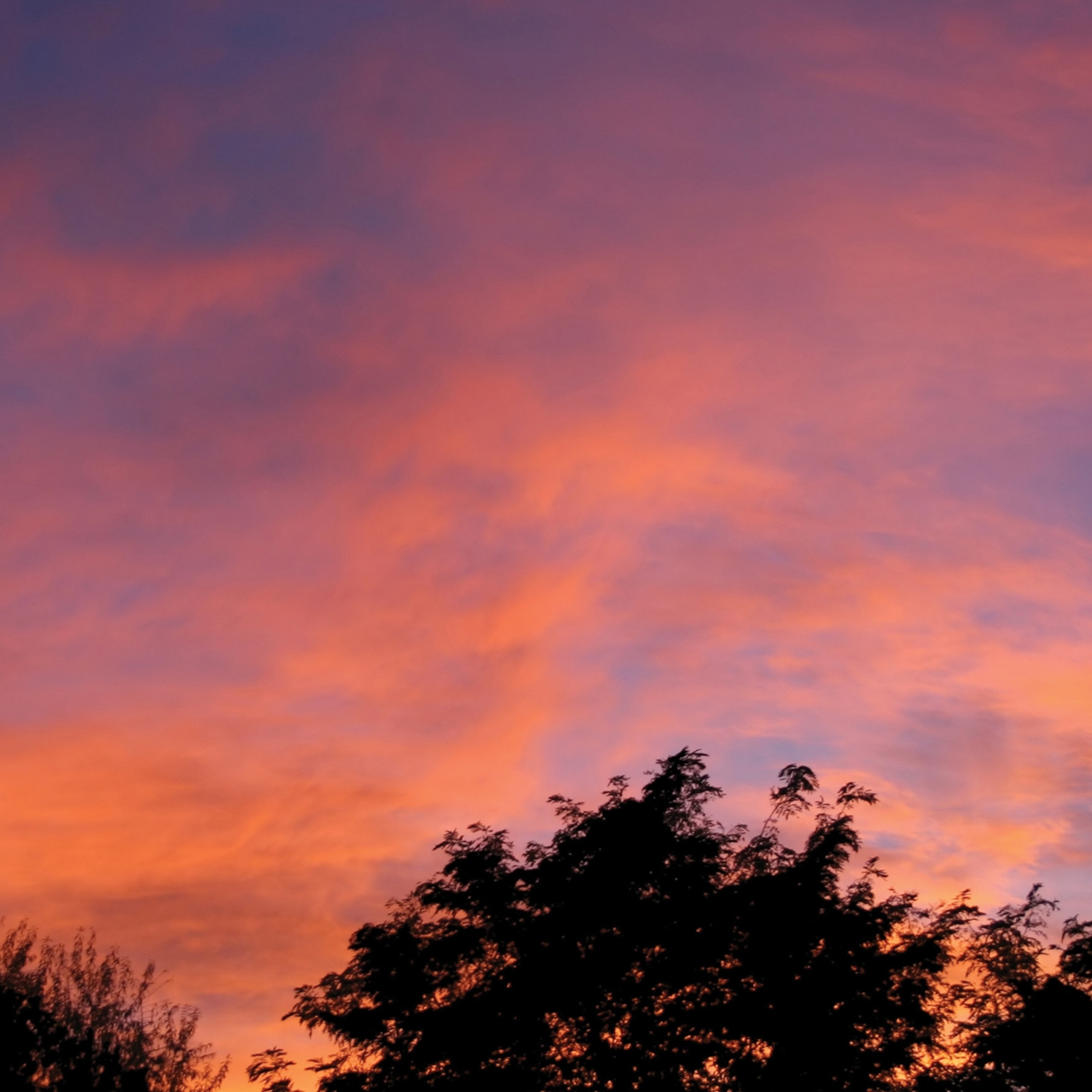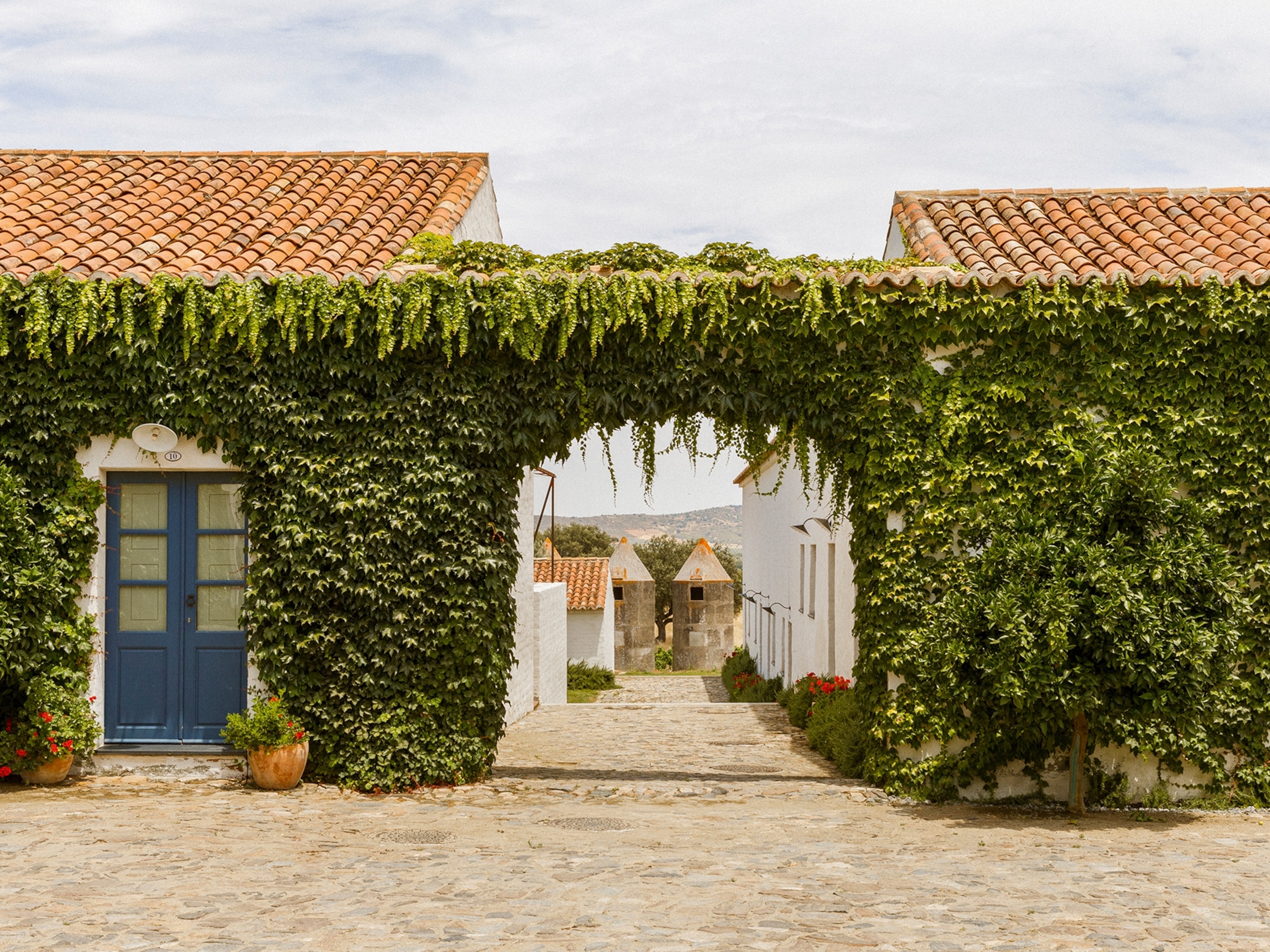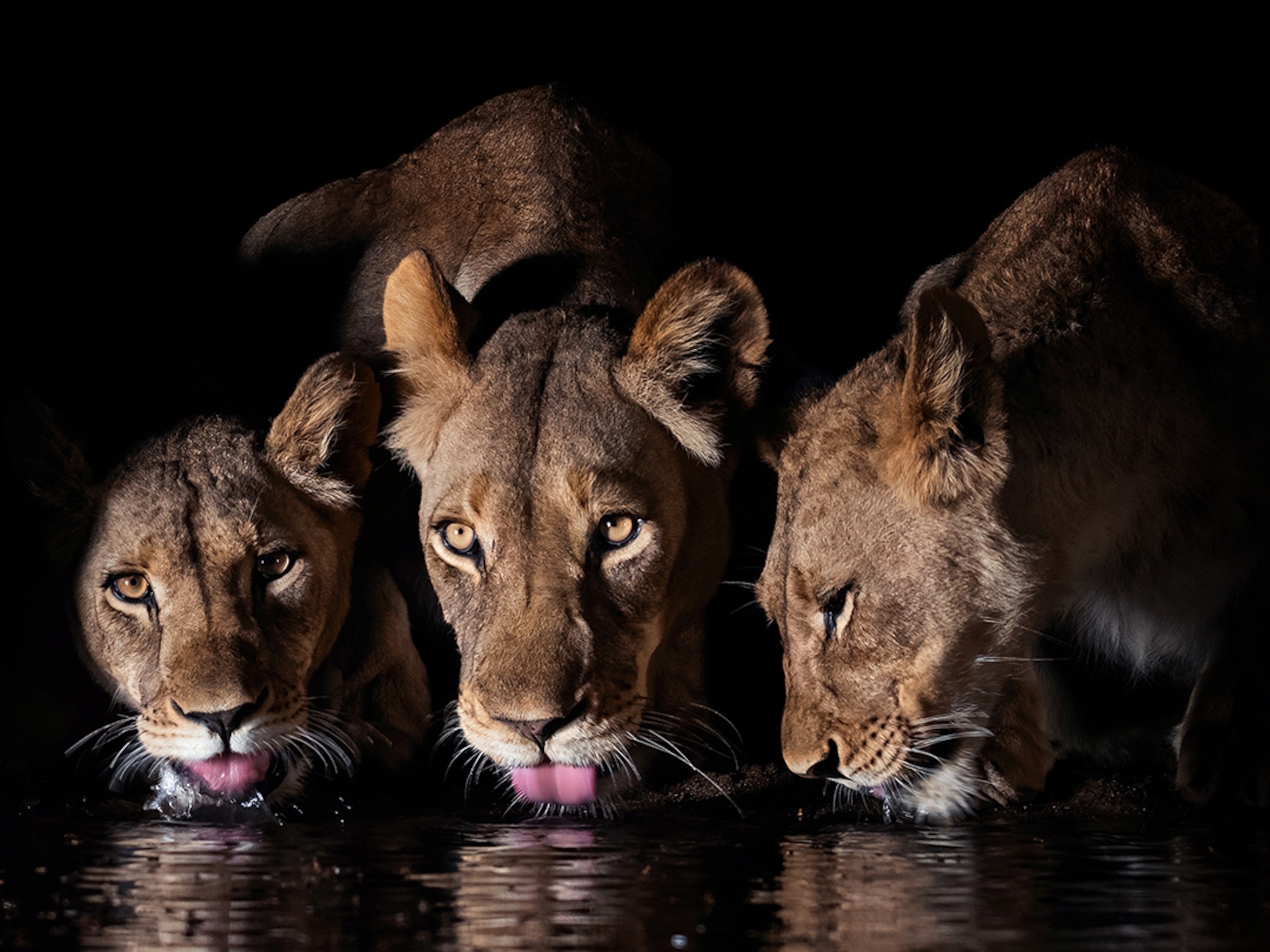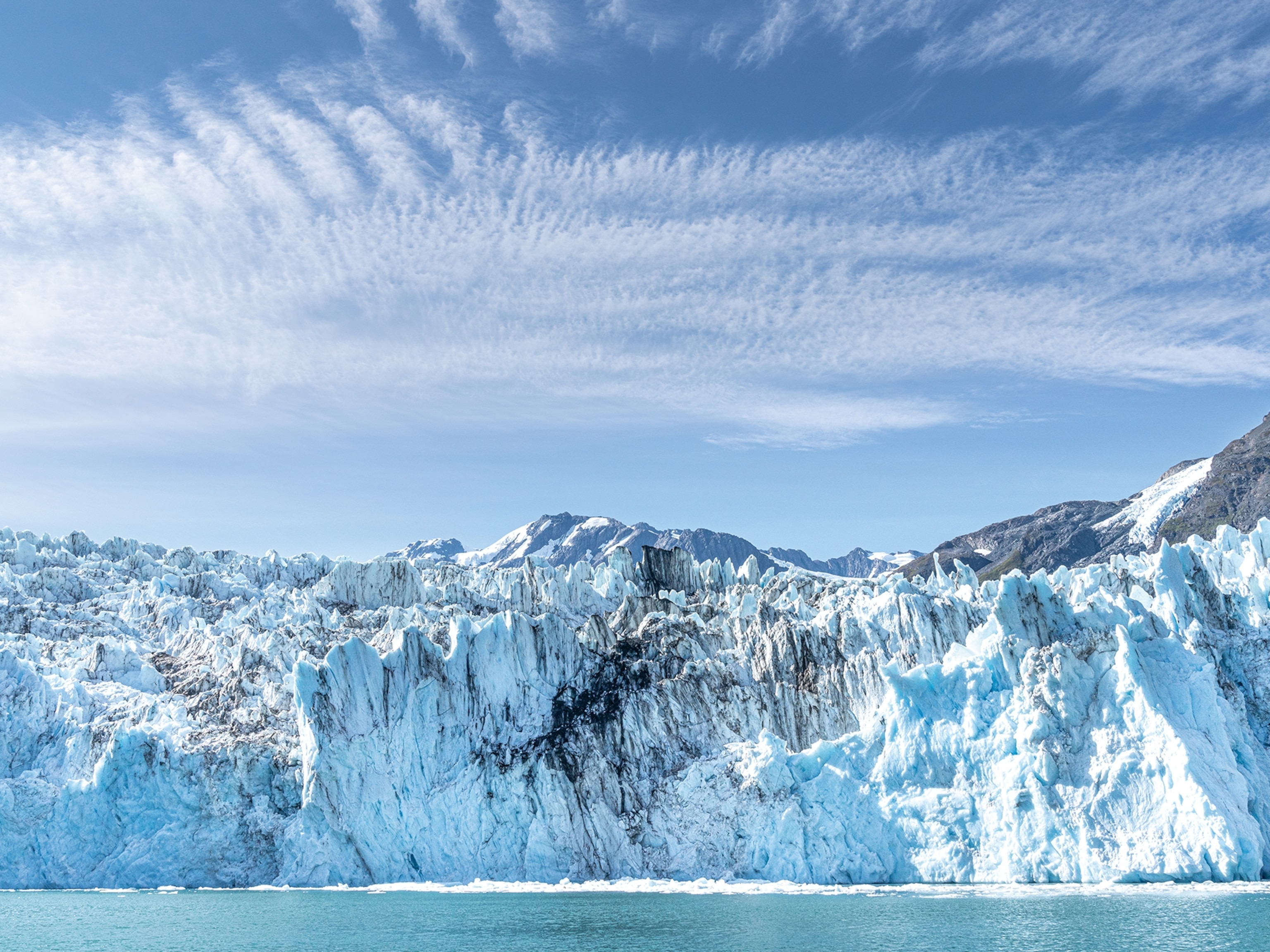How to photograph the stars
From basic techniques to the kit you need, plus where to go to capture the best pictures, here’s how to get started in astrophotography.
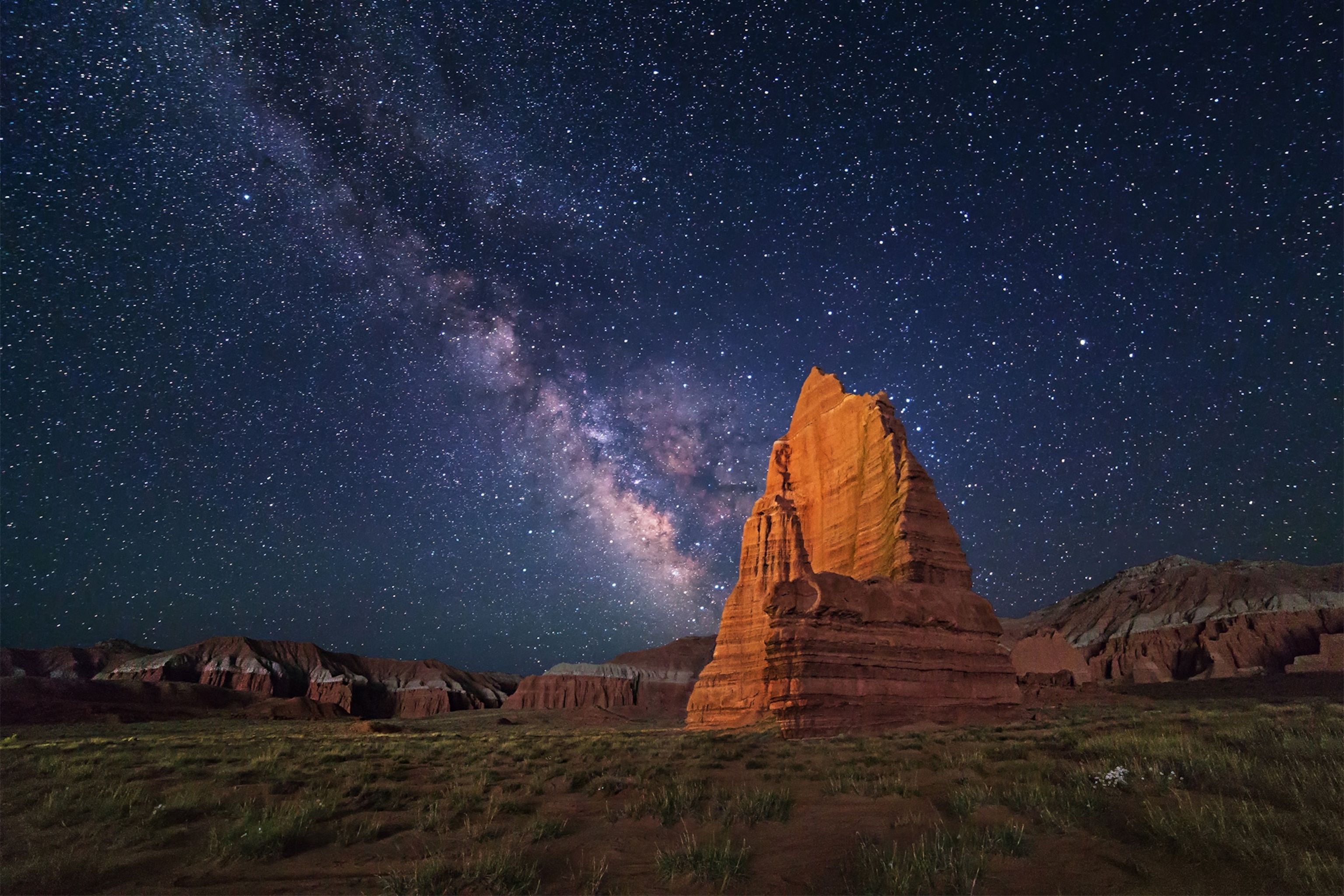
There’s something extraordinary about gazing up at a star-filled sky — a reminder of how small we are in the grander scheme of things. From wilderness glamping to geodesic domes that allow us to lie wide-eyed under a canopy of stars, there are myriad ways to take in the beauty of the night sky. But while seeing with your own eyes is one thing, trying to photograph a dark sky can be challenging. Spontaneously grabbing for your phone on a suddenly clear night might be a thrill for some, but careful pre-planning is what will maximise the chances of getting a close-to-perfect shot. And, once you get into the swing of astrophotography, it might become your next hobby — just choose a location, check the weather and you never know what you might capture.
Astrophotography tips you need to know
Just like photographing the Northern Lights, you need to consider keeping the camera still, increasing the ISO, opening the shutter for a longer exposure (a few seconds usually) and having a wide aperture and a lens that can take in the enormity of the view. You might want to go all out with a high-end mirrorless or DSLR set up, though intuitive night mode and AI on most recent smartphones has made low-light photography that much easier.
Using a tripod
Whichever camera system you use, you’ll need something to reduce camera shake, whether that’s a tripod or other stabilisation. If you don’t have anything to hand, balance your camera somewhere and use the timer to avoid blurry shots.
Lens choices
The wider the lens, the bigger the sky will appear, but if you have a fabulous focal point such as a perfect tree or mountain arch, framing the Milky Way over the top of it might require something closer, so play around with what you have — and don’t be afraid to shoot vertically. It’s good to get to your location early to check out the lay of the land — it’s hard to figure out composition in complete darkness. If you can’t do this, use your head torch to shed some light on the scene but be mindful of other astrophotographers and stargazers.

Using your phone
Though it’s electric light pollution in big cities that prevents us from fully seeing the night sky, it’s technology itself that has allowed us to really capture it. Switching on night mode, the camera will automatically adjust for a longer exposure and higher ISO. Stargazing apps like PhotoPills and Night Sky are perfect for aiming your phone at the celestial heavens and planning where to be, and when. Most phones also allow for ‘professional mode’ where you can adjust the camera settings just like on a DSLR camera.
Travel smart and stay safe
Though you don’t need to stay out all night to capture the stars, you’ll likely have to go somewhere elevated, remote or isolated, so plan ahead and travel safe. As soon as the sun drops in desert locations, the temperature goes with it, so don’t get caught out without warm clothes or decent footwear. A head torch is advisable, and one that glows red will ensure you keep your night vision intact while helping you to check the dials and illuminate your footing.
(A practical guide to stargazing.)
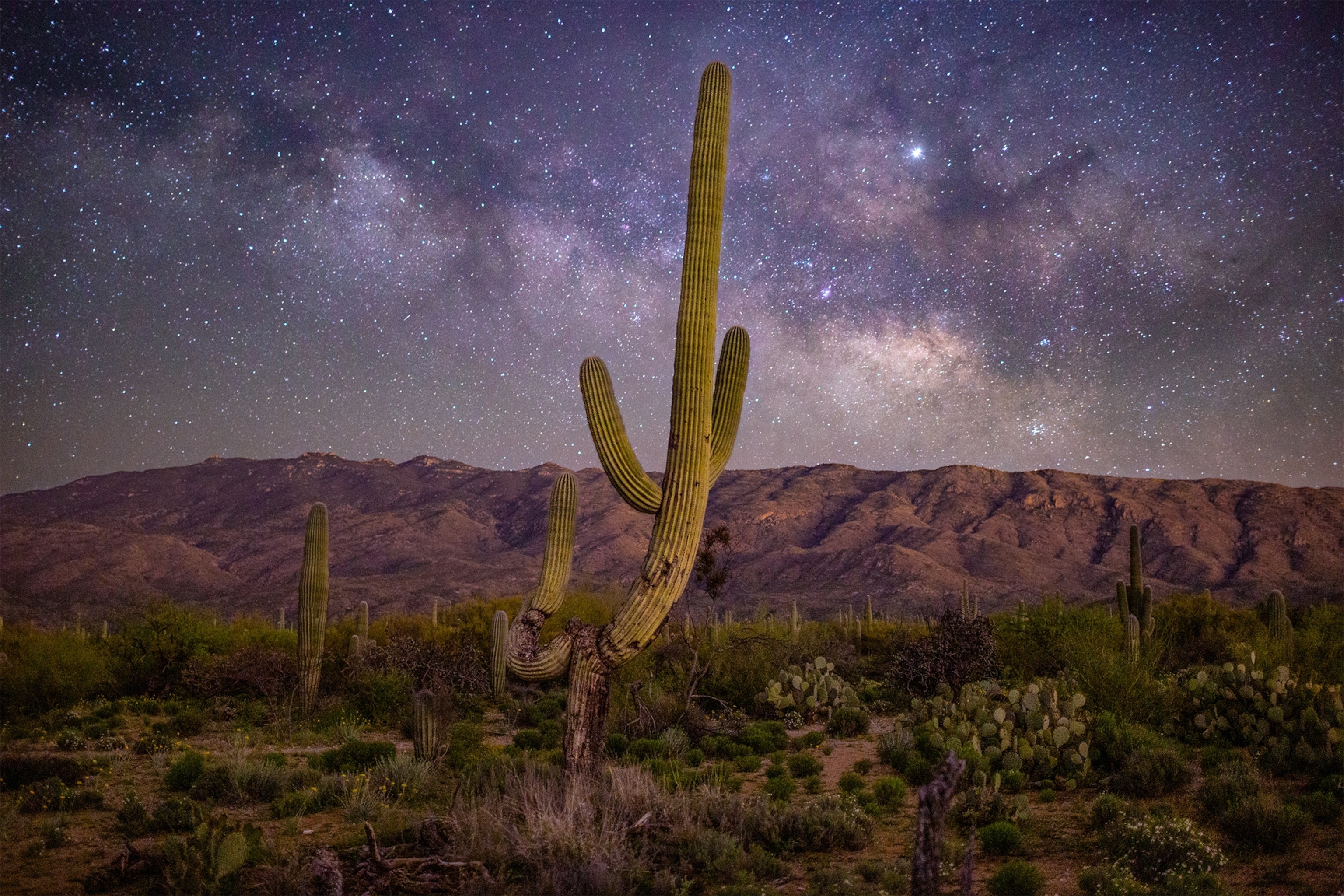
When and where to travel for astrophotography
The best skies for astrophotography are the driest, clearest ones, so it’s no surprise to know that deserts and remote spots will favour you with the right conditions. The IDA — or International Dark-Sky Association — is a great place to start, listing designated dark places in 22 countries on six continents, while encouraging communities to protect their environment through low-glare street lighting and other measures.
USA
The Great Western Starry Way in the US links several key locations, all of which offer the kind of arid climate and elevation that makes astrophotography possible. Utah is undoubtedly a dramatic destination with epic topography, which will provide a focal point to your night sky images. Compose stunning shots at the Natural Bridges National Monument, named as the first IDA Dark Sky Park in 2007, while you spot constellations and hope for a shooting star.
Arizona has some of the best stargazing spots in the world, too, with 20 designated areas, from the Grand Canyon in the north to the southern Sonoran Desert. In fact, Flagstaff became the first-ever Dark Sky City in 2001, and the Lowell Observatory is where Pluto was first discovered. There’s a new astronomy discovery centre there with an open-air rooftop planetarium. Travellers can gaze fully at the night sky from their own bed thanks to luxury eco-resorts, glass skylights and atriums — there’s even a dormitory option at the observatory near Tucson if you want to pull an all-nighter.

Australia
Similarly, with dry weather and long summers, Western Australia has spectacular stargazing options and the clearest night skies. Head into the Outback or plan a road trip with astrophotography as your guiding light. From the Kimberley in the north (make sure you visit in the dry season) to the Coral Coast, you’re never far from seeing the Milky Way and the Southern Cross. Perth Observatory puts on special astrophotography events, while the Gravity Discovery Centre, north of the capital, has guided star walks under a mind-blowingly ink-dark sky.
Chile
Chile’s Elqui Valley, north of Santiago, is famed for its rain-free clear skies, low light pollution and plethora of observatories — Observatorio Cerro Mamalluca has telescopes and offers talks to introduce keen astronomers to skygazing. With the town of Vicuña as your base, head out to see wide open landscapes and distant Andean peaks and structures.
Europe
Island settings work well for photographing the stars, surrounded as they are by dark oceans and providing natural landscapes and rocky outcrops to add interest to your composition. The Isle of Wight off the UK’s south coast has low-rise architecture, lighthouses and sea stacks like the Needles as foreground interest. La Palma in the Canary Islands has a dedicated astrotourism programme, too, as well as the Roque de los Muchachos Observatory.
Remote wilderness are also among the best to visit for stunning images. Bodmin Moor in Cornwall in the UK is a Dark Sky park and an Area of Outstanding Natural Beauty (AONB). Its granite moorland is designated for conservation and it’s the first AONB to receive IDA accreditation, while Dartmoor in Devon is similarly untouched, offering moorland, forest and rock formations that will add structure to your images.
(10 of the best places for stargazing in the UK.)

